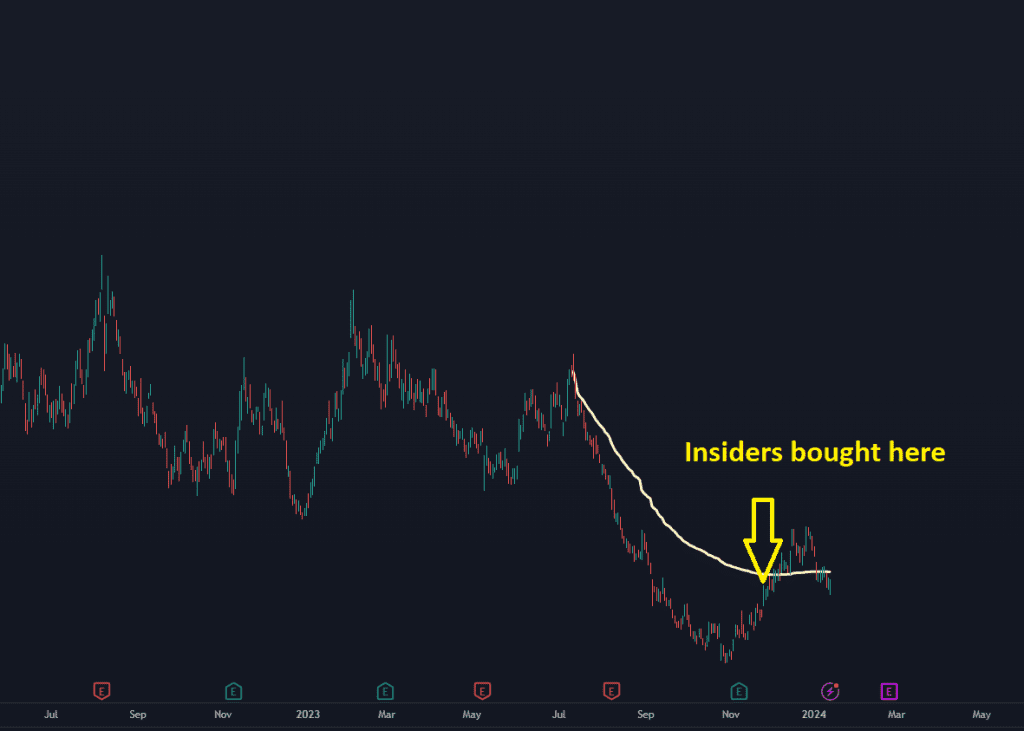Last year was a bloodbath for the tech industry. If you weren’t able to get to profitability, you needed to have funding lined up or else your company would “hit the wall” of the interest rate curve.
There’s some companies that even have their debt at a floating rate, so when the Fed went on their hiking spree, their share prices took a hard hit.
The drastic change in Fed policy caused these job losses. Not the “free market.” It was an intended consequence of the Federal Reserve. Because when layoffs happen, that helps to reduce inflation since it makes people poor.
Of course that isn’t what they’re going for. But that’s how the system operates– sometimes the well intention of bureaucrats leads to disaster in the private sector.
Which is why I’m ringing the warning bell with this most recent round of layoffs.
Because tucked away in the IRS website is something called “Section 174.”
And it could lead to an absolute bloodbath in the technology sector.
Allow me to explain…
When you own a business and buy a piece of machinery or spend cash on R&D, there are a few things that your accountants can do.
You can deduct these expenses as a “one-off,” or you can choose to amortize the costs of those R&D investments over time.
This is where it gets ugly.
When you hire software developers to build things, you used to be able to deduct their entire salary up front.
But some new guidance came out from the IRS, saying that software development falls under a specific rule, and you have to amortize it over a 5 year window.
Here’s a quick example.
If you have a software firm that makes $1mm, and you had to spend $1mm on your programmers, then you have $0 profit and pay $0 in tax.
But now, you can only deduct $100,000 of those costs the first year. That means your “profit” is now $900,000.
And you now owe the IRS $189,000 in corporate tax.
This is causing a massive tax bill to hit the software sector, and companies are responding to it by laying off a good chunk of their workforce.
There’s going to be many tough discussions with the CFO about what needs to be done.
And if this starts to accelerate, then the sector that offers the most value-creation could be gutted, leading to a recession.
Before we can go and blame Biden for this… the rule change was pushed through by Mitch McConnel and Paul Ryan back in 2017.
It was only recently that the IRS decided to change their guidance to cause injury to the tech sector.
Why start now? Because the Federal Government believes that AI companies present an existential risk to the current ruling class.
Firms like OpenAI spend hundreds of millions on software development, which is now at a massive risk due to this regulatory change.
The IRS is weaponizing the tax code to slow down AI development, and they are willing to take out the software sector as a whole.
For some companies, this can end up being a good thing. Tech firms tend to overhire and are currently in the “getting lean” stage due to funding windows closing.
If you can fire enough employees, then your margins can improve to the point that you can start buying back stock, or getting enough runway where interest rate risk is no longer hitting so hard.
Those are the firms I want to pay attention to–and it’s not going to take a ton of time to research these stocks.
If I see a key corporate insider buying shares after a round of layoffs… well, it makes him look like a jerk.
Because all these employees are losing their livelihoods, and this guy just waltzes into the open market and drops $50,000 in a single trade.
The optics are terrible
That’s why if I see it happen, it means the insider is willing to risk getting torn apart by the press in exchange for upside in the stock.
And given how the press works these days, there’s gotta be a ton of reward in the name… and I’ll be willing to follow along to profit in the name.
Let me show you an example.
In October of 2023, 3D Systems announced a “Restructuring” plan. They mention “operational efficiencies” but what that really means is “firing people.” Source
One month later, two insiders put down some serious cash.
The CEO bough $192,000 of the stock on the open market.
And a company director added nearly $500,000 to his position.

Hidden IRS Rule Set to Shock Tech Stocks
These insiders are only buying because they think the stock has one way to go: up.
The restructuring frees up cash flow to get them to profitability, and once they get up off the mat, they can focus on growth as 3D printing is a sector that will see drastic expansion as more manufacturing heads back to the United States.
That is the kind of opportunity you want to look for. I’ve put together a free training that shows you exactly how to do that…
Click right here for the video.
Original Post Can be Found Here